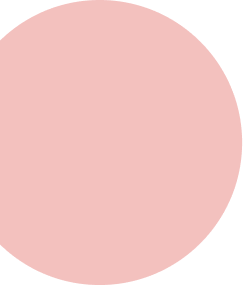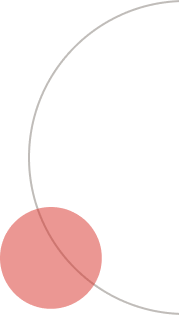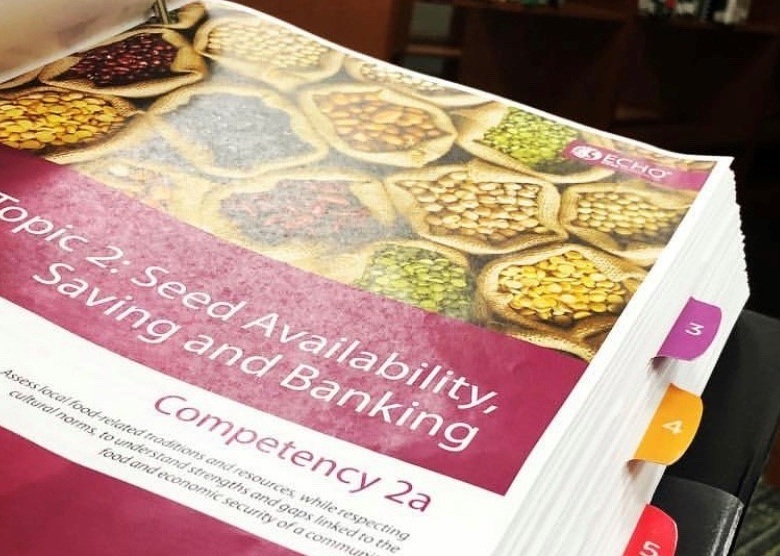What It Means to Build Others’ Capacity to Do Good in the World


Our purpose is to build others’ capacity to do good in the world. We live into that every day. Our work is behind the scenes, helping our clients be better at whatever they do. Our company’s soul is fed by helping impactful organizations become even more effective. This is the story of one such organization.
Since the early 2000s, I have been obsessed with the work of an organization called ECHO — Educational Concerns for Hunger Organization. They are based in Florida and have three regional impact centers around the world. They’ve been training and equipping tens of thousands of agricultural development workers and missionaries since the early 1980s. Their mission is to reduce hunger and help improve people’s lives all over the world. From where I sit, ECHO epitomizes what it means to do good in the world.
In 2015, I had the opportunity to partner with ECHO to help their global leadership team rethink their training strategy. They came to me saying, “People come to our trainings and often feel like they are drinking from a fire hose.” They were ready to transition to an outcome-focused, learner-centered training strategy. What started as a simple training for their leadership team turned into a partnership! We’ve come alongside ECHO as a long-term thought partner to help their organization do competency modeling, create a core curriculum to serve as the foundation of their training efforts, and consult on the change management associated with an effort of this scale.
 Taking on the core curriculum was a mammoth task. We were attempting to distill thirty years of training expertise and knowledge into the most essential skills and concepts. The audience of ECHO is global — and diverse. In order to create a product that could be used across continents with everyone from extension agents to small-holder farmers to missionaries, we had to get creative. Instead of creating traditional lesson plans, which would only be effective in one context, we developed tools we call Learning Experience Design Guides. These tools distilled the content needed to teach the concept or skill, offered sample learning objectives, provided hands-on teaching activity options, and outlined assessment activities. They act as a menu of options trainers can use to build their own lessons that are appropriate to the learners in their context. This strategy will help ECHO be more intentional with what learners take away from their trainings, help their trainings achieve more consistent results, and help them measure their outcomes.
Taking on the core curriculum was a mammoth task. We were attempting to distill thirty years of training expertise and knowledge into the most essential skills and concepts. The audience of ECHO is global — and diverse. In order to create a product that could be used across continents with everyone from extension agents to small-holder farmers to missionaries, we had to get creative. Instead of creating traditional lesson plans, which would only be effective in one context, we developed tools we call Learning Experience Design Guides. These tools distilled the content needed to teach the concept or skill, offered sample learning objectives, provided hands-on teaching activity options, and outlined assessment activities. They act as a menu of options trainers can use to build their own lessons that are appropriate to the learners in their context. This strategy will help ECHO be more intentional with what learners take away from their trainings, help their trainings achieve more consistent results, and help them measure their outcomes.
Maybe it’s the teacher in me (I taught ag for 6 years.), but my favorite part of our engagement with ECHO has been coaching their Agriculture Training Specialist. My mission with her has been simple — help her refine her natural talent and knack for instructional design so she can do the job her organization paid me to do. You may be thinking, “Wait, you’re trying to work yourself out of a job?”
 In this case, we structured the development process of the core curriculum intentionally to achieve this outcome. For the first units of the curriculum, we took the lead role in designing; this included coaching sessions where I explained what we did and why. In the second phase of the process, we co-created units together. Lastly, the ECHO team took on development themselves, and I acted as a guide on the side and mentor when they ran into roadblocks.
In this case, we structured the development process of the core curriculum intentionally to achieve this outcome. For the first units of the curriculum, we took the lead role in designing; this included coaching sessions where I explained what we did and why. In the second phase of the process, we co-created units together. Lastly, the ECHO team took on development themselves, and I acted as a guide on the side and mentor when they ran into roadblocks.
Our driving force is truly to help our clients do good in the world. We’ve found doing the right thing and putting our clients’ needs first always equals good business. I love getting to work for a company that so boldly lives into their mission and trusts that doing good in the world is a team effort in which our greatest joy is helping others succeed.
To learn more about ECHO and to support their life-changing work visit www.echonet.org.
